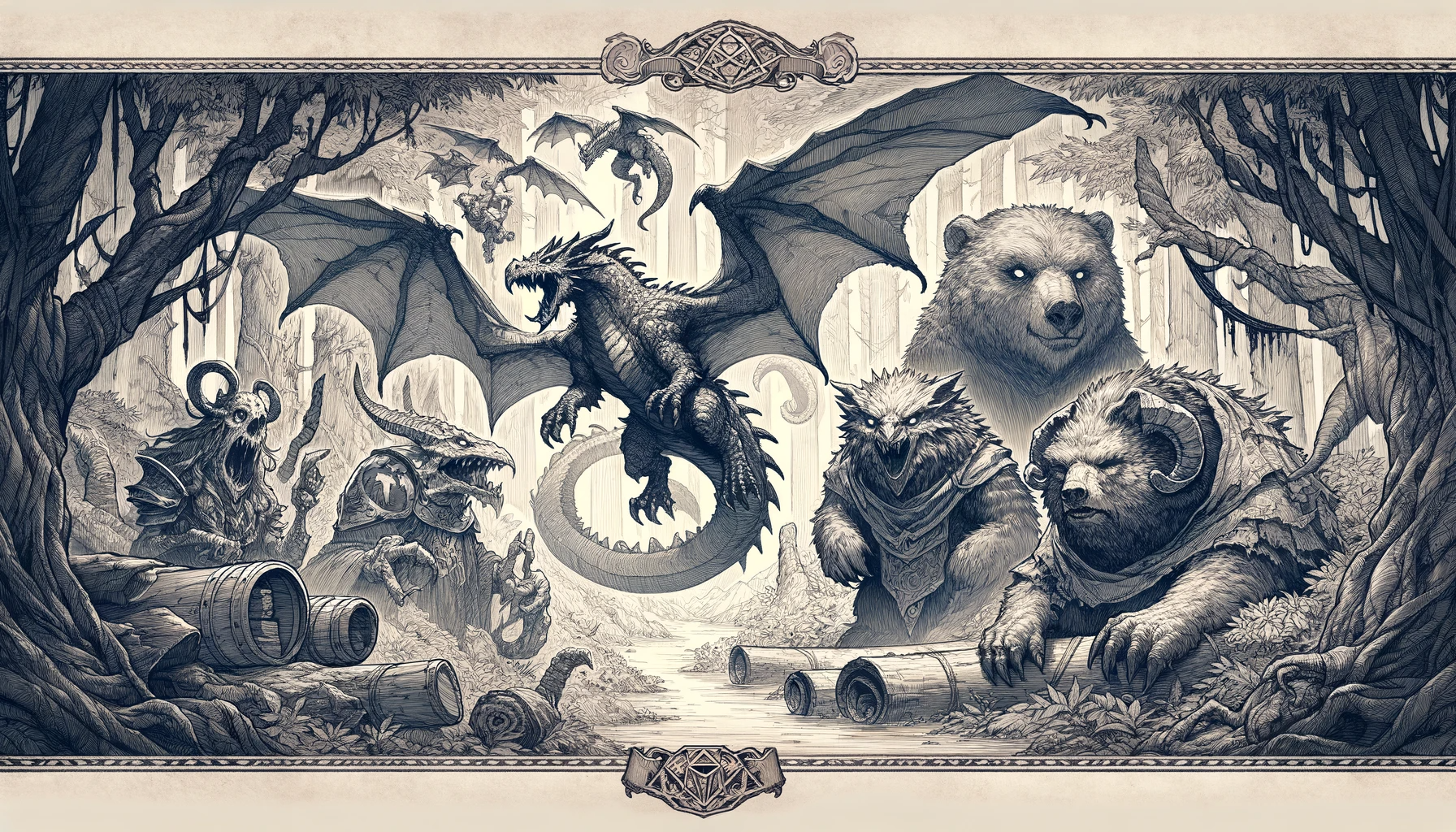Cantrip (AD&D 2E): Difference between revisions
No edit summary |
No edit summary |
||
| (One intermediate revision by the same user not shown) | |||
| Line 21: | Line 21: | ||
Whatever manifestation the cantrip takes, it remains in effect only as long as the wizard concentrates. Wizards typically use cantrips to impress common folk, amuse children, and brighten dreary lives. Common tricks with cantrips include tinklings of ethereal music, brightening faded flowers, glowing balls that float over the caster's hand, puffs of wind to flicker candles, spicing up aromas and flavors of bland food, and little whirlwinds to sweep dust under rugs. Combined with the unseen servant spell, it's a tool to make housekeeping and entertaining simpler for the wizard. | Whatever manifestation the cantrip takes, it remains in effect only as long as the wizard concentrates. Wizards typically use cantrips to impress common folk, amuse children, and brighten dreary lives. Common tricks with cantrips include tinklings of ethereal music, brightening faded flowers, glowing balls that float over the caster's hand, puffs of wind to flicker candles, spicing up aromas and flavors of bland food, and little whirlwinds to sweep dust under rugs. Combined with the unseen servant spell, it's a tool to make housekeeping and entertaining simpler for the wizard. | ||
}} | }} | ||
[[Category:AD&D 2E Spells]] | |||
[[Category:Spells]] | |||
Latest revision as of 00:50, 14 July 2024
| Cantrip | |
|---|---|
| 1st Level Spell, All Schools | |
Range: 10 ft. Duration: 1 hr./level Area of Effect: Special |
Components: V,S Casting Time: 1 Saving Throw: None |
| Description: Cantrips are minor spells studied by wizards during their apprenticeship, regardless of school. The cantrip spell is a practice method for the apprentice, teaching him how to tap minute amounts of magical energy. Once cast, the cantrip spell enables the caster to create minor magical effects for the duration of the spell. However, these effects are so minor that they have severe limitations. They are completely unable to cause a loss of hit points, cannot affect the concentration of spellcasters, and can only create small, obviously magical materials. Furthermore, materials created by a cantrip are extremely fragile and cannot be used as tools of any sort. Lastly, a cantrip lacks the power to duplicate any other spell effects.
Whatever manifestation the cantrip takes, it remains in effect only as long as the wizard concentrates. Wizards typically use cantrips to impress common folk, amuse children, and brighten dreary lives. Common tricks with cantrips include tinklings of ethereal music, brightening faded flowers, glowing balls that float over the caster's hand, puffs of wind to flicker candles, spicing up aromas and flavors of bland food, and little whirlwinds to sweep dust under rugs. Combined with the unseen servant spell, it's a tool to make housekeeping and entertaining simpler for the wizard. | |
| Source: Player's Handbook (TSR2159), Page 171 | |
